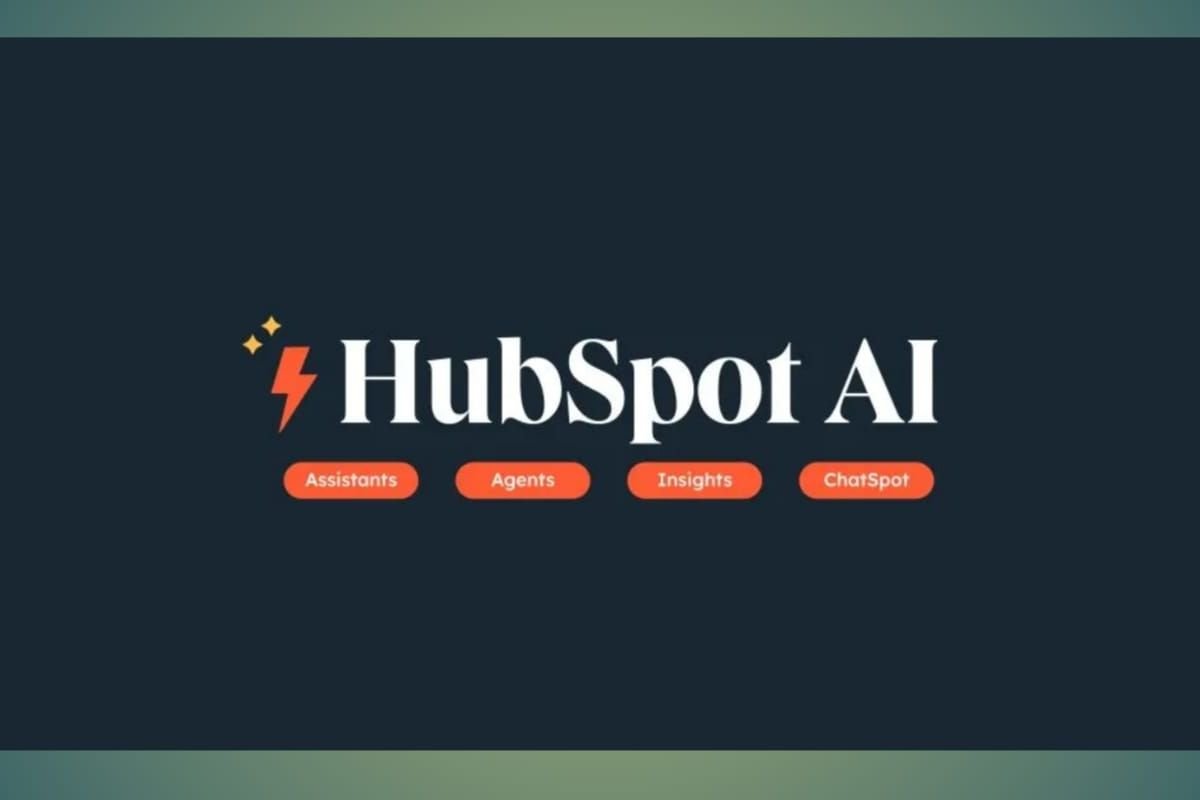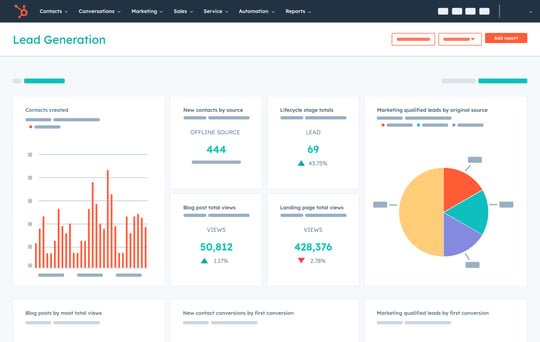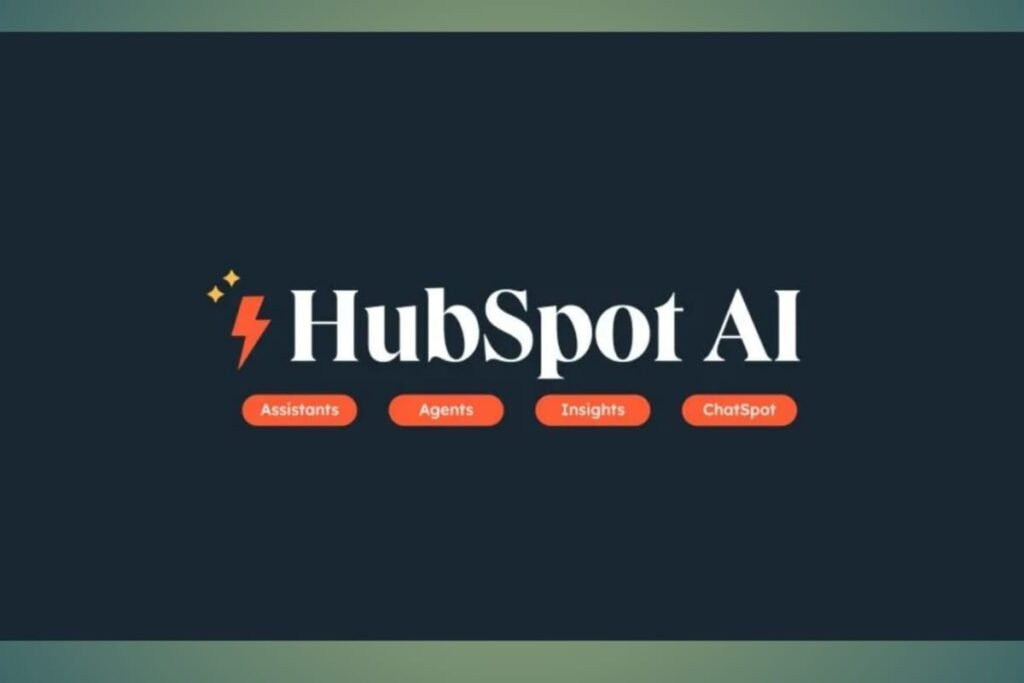Introduction: The Importance of HubSpot in Modern Business

In today’s highly competitive digital landscape, businesses are increasingly turning to software solutions that enhance their marketing, sales, and customer relationship management (CRM) efforts. HubSpot, an integrated software platform, has emerged as a key player in this domain, providing services that facilitate inbound marketing strategies. By focusing on attracting and engaging customers through valuable content and experiences, HubSpot has become an indispensable tool for many organizations striving to adapt to modern consumer behavior.
One of the primary benefits of utilizing HubSpot is its ability to improve marketing campaigns. With features like marketing automation, email marketing, and analytics, businesses can reach their target audience more effectively and efficiently. The platform allows for the seamless integration of various marketing efforts, enabling teams to analyze the performance of their campaigns in real time. This data-driven approach leads to more informed decision-making and the ability to refine marketing strategies based on consumer responses.
Moreover, HubSpot enhances customer relationships by providing a comprehensive CRM system that captures interactions and insights about prospects and clients. This enables businesses to personalize communications, tailor offerings, and anticipate customer needs, all leading to improved customer satisfaction and retention. By leveraging these insights, companies can foster stronger relationships with their audience, ultimately driving higher conversion rates.
Additionally, HubSpot boasts a suite of tools, including content management, social media scheduling, and customer support, which help streamline sales processes. By facilitating smoother workflows, businesses can enhance collaboration between teams, ensuring that sales and marketing efforts are aligned. The result is a more cohesive approach to customer engagement that drives growth and profitability.
In essence, HubSpot is a vital asset for any business looking to thrive in the digital age, providing a comprehensive platform that supports successful inbound marketing, customer relationship management, and sales strategies.
Getting Started with HubSpot: Setup and Configuration

Setting up a HubSpot account is the first crucial step toward leveraging its powerful capabilities for marketing, sales, and service. To initiate the process, visit the HubSpot website and click on the ‘Get started free’ button. This will prompt you to complete a registration form where you must provide essential details such as your email address, company name, and other necessary information. After submitting the form, you will receive an email to verify your account, which involves clicking on a confirmation link. This verification ensures the security and authenticity of your account.
Once your account is verified, the next step involves configuring your HubSpot dashboard to align with your individual business needs. Upon login, you are guided through an onboarding tour that familiarizes you with the various features available. It is advisable to complete the profile setup, which includes adding your logo, selecting your color theme, and entering relevant business information. This personalization enhances your branding within the platform, making it more appealing to your clients.
Furthermore, integrating existing tools and systems into HubSpot is essential for a seamless workflow. HubSpot provides integration options for numerous applications, including email providers, social media platforms, and e-commerce systems. You can access the integrations section in the ‘App Marketplace’ to explore available connections. Choose the tools that align with your business processes, facilitating a cohesive environment without disrupting your current operations.
Regarding HubSpot plans, it’s crucial to select the right one based on your business goals and budget considerations. HubSpot offers several pricing tiers, each tailored for different needs—from startups requiring basic features to enterprises seeking advanced functionalities. Analyze your requirements, and consider starting with a free or starter plan, which allows you to upgrade as your business grows and your needs evolve.
Utilizing HubSpot Tools: Actionable Tips and Best Practices
HubSpot is a comprehensive platform that offers a range of tools designed to enhance marketing efforts, streamline sales processes, improve customer service, and facilitate reporting and analytics. Each tool serves a unique purpose, and understanding how to effectively utilize them can significantly improve business outcomes. By implementing actionable tips, organizations can harness the full potential of HubSpot.
One of the key features of HubSpot is its marketing automation tool. This tool allows companies to automate repetitive tasks such as email marketing, social media posting, and lead nurturing. To maximize impact, businesses should segment their contacts and tailor content accordingly. For instance, a company can create targeted email campaigns based on user behavior and demographics, ensuring that the right message reaches the right audience at the right time.
Sales enablement is another crucial component of HubSpot’s offerings. The platform provides tools that help sales teams track interactions, manage contacts, and facilitate communication. Implementing a standardized process for documenting sales activities in HubSpot can improve collaboration and accountability among team members. Furthermore, utilizing the predictive lead scoring feature helps prioritize leads based on their likelihood to convert, allowing sales representatives to focus on high-potential prospects.
HubSpot’s customer service solutions facilitate better engagement with customers. Utilizing the ticketing system ensures that queries are tracked and resolved efficiently. Encouraging customer feedback through surveys can also enhance service quality, and HubSpot’s reporting analytics provides insights into customer satisfaction metrics. By analyzing this data, businesses can identify areas for improvement and adapt their strategies effectively.
Real-life examples showcase the capability of HubSpot’s tools. For instance, a mid-sized e-commerce company reported a 30% increase in customer retention after implementing HubSpot’s customer service tools, attributed to improved response times and personalized follow-ups. By adopting best practices and utilizing the various features, organizations can enhance their marketing, sales, and customer service efforts, thereby driving significant growth and success.
Conclusion: Key Takeaways for Successful HubSpot Implementation
Implementing HubSpot effectively plays a pivotal role in the success of any business seeking to optimize its marketing, sales, and customer service processes. Throughout this guide, we have discussed various aspects of HubSpot, from its foundational setup to the utilization of its diverse tools. Understanding these key elements is essential for maximizing the benefits of HubSpot’s powerful platform.
One of the primary takeaways is the significance of a solid initial configuration. Properly setting up HubSpot ensures that businesses can take full advantage of its features, such as CRM, marketing automation, and analytics. This setup allows for streamlined processes and a clearer understanding of customer interactions, which is vital for enhanced engagement and lead generation.
Furthermore, leveraging the actionable tips provided throughout this blog can assist businesses in navigating HubSpot’s functionality with greater ease. These tips have been tailored to ensure that users can enhance their implementation strategy effectively, making sure each tool serves its intended purpose. This kind of proactive approach can lead to improved productivity and a greater return on investment.
It is also important to acknowledge that mastering HubSpot is an ongoing journey. As the platform introduces new features and updates, businesses must commit to continuous learning. Staying informed about best practices and evolving capabilities can ensure that organizations retain their competitive edge in a rapidly changing digital landscape. Embracing this mindset fosters adaptability, which is crucial for long-term success.
In conclusion, focusing on proper setup, utilizing actionable strategies, and committing to lifelong learning can empower businesses to maximize their HubSpot experience. By adopting these principles, organizations are better positioned to thrive in today’s dynamic market environment.







